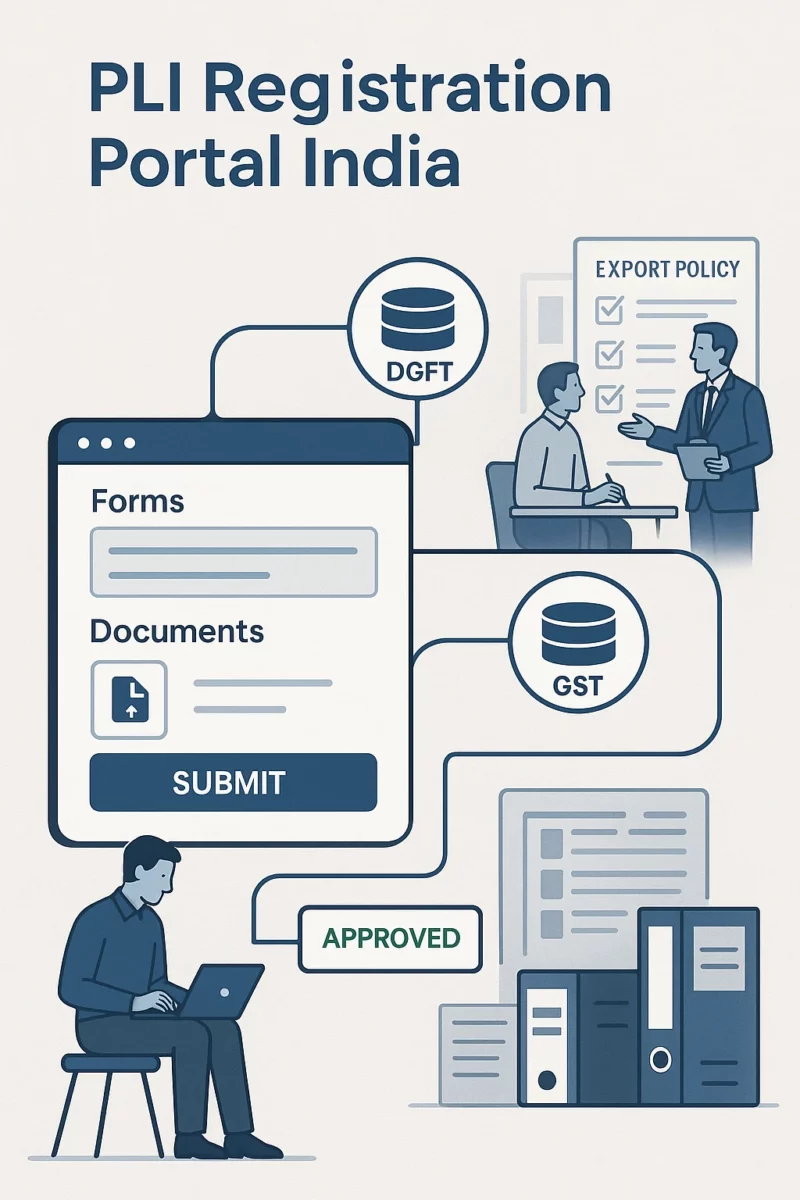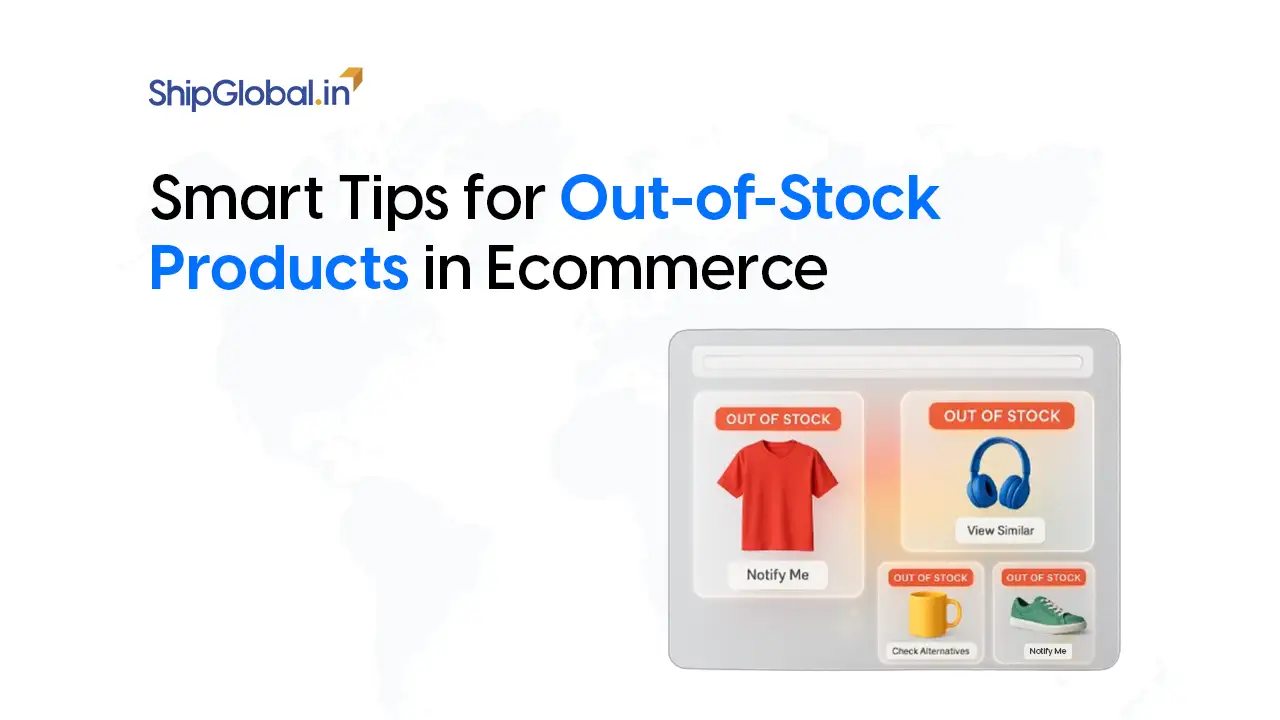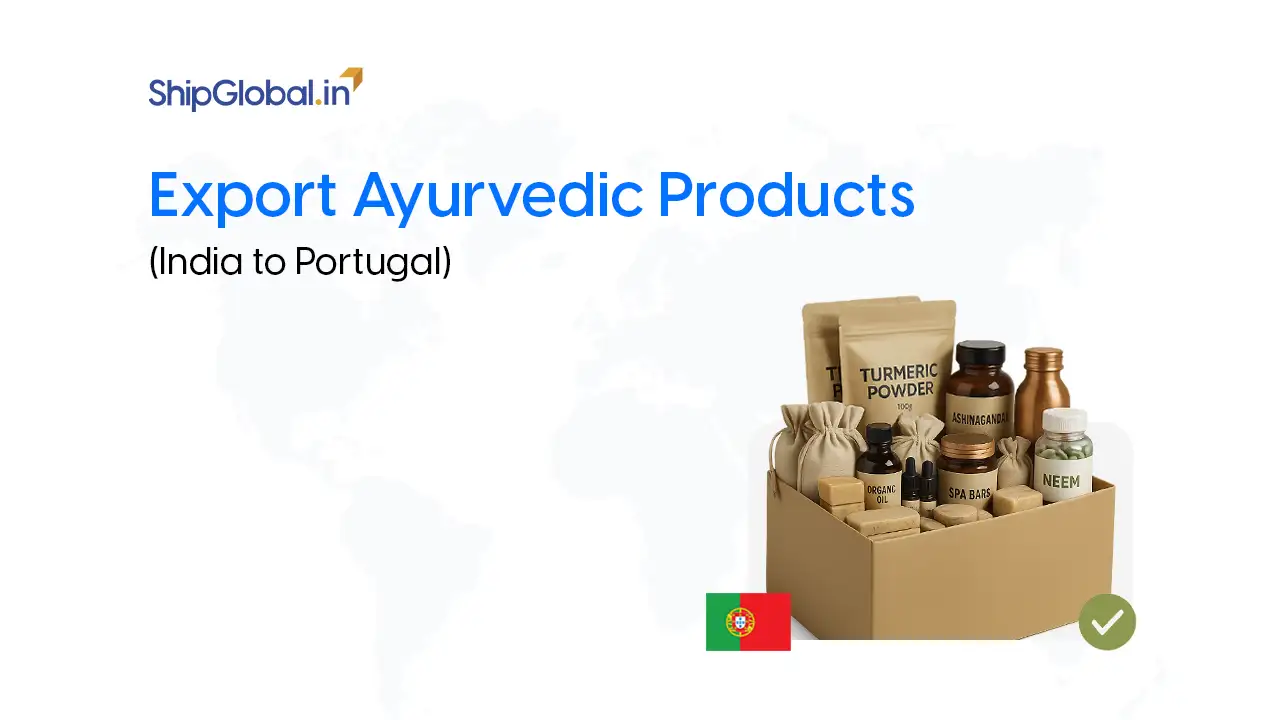The Production Linked Incentive (PLI) Scheme is not just another policy acronym in India’s long list of industrial reforms; it is a deliberate, large-scale strategic intervention designed to position the country as a leader in high-value manufacturing and global exports. For exporters, this isn’t a peripheral initiative; it is a potentially transformative opportunity to scale operations, attract investments, and secure government incentives for exporters tied directly to performance.
But while the potential is enormous, the path to success under the PLI framework is not a casual stroll. From meeting the eligibility criteria for the PLI scheme to maintaining strict compliance under the PLI scheme, navigating the PLI registration portal in India, and preparing the required documents for the PLI application, exporters must approach the process with the same precision and planning they would apply to a major capital expansion or cross-border merger.
What follows is not a “quick tips” blog. This is a deep exploration, weaving together the origins of the scheme, its place in Indian export policy schemes, the intricacies of application and compliance, and the realities of sector-specific expectations. Whether you are a small but ambitious manufacturer or a multinational production giant, understanding this scheme in its entirety can be the difference between a missed opportunity and a multi-crore incentive payout.
The Bigger Picture: Why the PLI Scheme Exists
India’s manufacturing policy has historically grappled with a paradox: a large domestic market and skilled workforce on one side, and an underwhelming share of global manufacturing exports on the other. The government’s vision, as articulated in the Indian government’s policy on manufacturing exports, is to reverse that imbalance. The PLI scheme is the flagship mechanism for doing so.
Unlike earlier export promotion tools that gave upfront subsidies or tax breaks, the PLI scheme links incentives directly to performance. This means an exporter earns incentives only if they achieve predefined output or export targets. The model encourages exporters to build capacity, adopt new technology, and make long-term investments, which directly support domestic industrial growth and strengthen India’s global competitiveness.
It is also worth noting the geopolitical dimension. Global supply chains are undergoing realignment due to shifts in trade policy, pandemic-related disruptions, and evolving environmental standards. India’s pitch to multinational companies is clear: relocate or expand production here, and the government will reward you. The FDI and PLI scheme connection is intentional, by tying foreign direct investment to performance-linked payouts, the policy creates a win-win for investors and the Indian economy.
Understanding the Core: Eligibility Criteria
The eligibility criteria for the PLI scheme vary significantly from one sector to another, but there are overarching principles that exporters must understand from the outset. These criteria typically involve a combination of:
- You must register your business in India and keep it compliant with all applicable regulations.
- Minimum capital investment threshold, which may include expenditure on plant, machinery, technology, and infrastructure.
- You must achieve production benchmarks each year, either in terms of value or volume.
- You must produce items that the scheme guidelines specifically list for your sector.
For example, in the electronics sector, a manufacturer may need to commit to an investment of several hundred crores and produce a set volume of mobile handsets over five years. In contrast, a textile exporter might face a lower investment threshold but must demonstrate significant exports of specific technical textiles. The Nodal ministry for PLI overseeing each sector sets these thresholds, does not negotiate them, and aligns them with the long-term industrial strategy.
Documents Required for a Successful PLI Application
Submitting a PLI application is not merely about filling forms; it’s about proving your eligibility through concrete, verifiable evidence. The required documents for the PLI application act as the backbone of your case for incentives. Each document plays a dual role; it confirms your compliance under Indian law and allows the authorities to measure your future performance against the promises you make at the time of application.
The foundational documents include your Certificate of Incorporation, GST registration, and Import Export Code (IEC), which verify that your enterprise is formally recognized under Indian export policy schemes. Beyond these basics, the portal will require audited financial statements for the last three to five years, demonstrating fiscal stability and the ability to sustain the capital investment threshold mandated by the scheme. Your past export records, often cross-verified with DGFT data, are particularly significant; inconsistencies between your declared figures and official databases can lead to outright rejection.
Applicants also need to submit detailed investment plans, specifying not just the total capital expenditure but the timeline for asset creation and the expected production benchmarks. In sectors with sector-specific PLI benefits, the authorities may request technical specifications of the machinery, proof of compliance with environmental standards, and certifications related to quality control. If foreign investment is part of your funding, disclosure of FDI and PLI scheme linkages becomes mandatory. Once uploaded, the portal uses integrated verification tools to validate the authenticity of each document, reducing the need for repeated requests, but also increasing the scrutiny on every submitted file.
Sector-Specific Benefits and Why They Matter
One of the unique features of the scheme is that it offers sector-specific PLI benefits. This is not a generic incentive applicable to all products. Each participating industry has its own approved product list, investment thresholds, incentive rates, and disbursement schedules.
In pharmaceuticals, for example, incentives may focus on active pharmaceutical ingredients (APIs) and key starting materials to reduce import dependency. In food processing, incentives may reward the production of value-added products like ready-to-eat meals or organic packaged goods, which have higher export potential. For renewable energy equipment, the emphasis could be on manufacturing high-efficiency solar PV modules.
You must understand your sector’s specific incentive structure because it determines how you plan your production scale-up, which investments qualify toward the capital investment threshold, and how the authorities measure your export targets. The Nodal ministry for PLI is your ultimate authority on these details, and keeping track of sector updates can help you maximize benefits.
The Documentation Challenge
Many exporters underestimate the complexity of assembling the required documents for the PLI application. This is not just about uploading a few scanned files. Documentation requirements can stretch across several domains:
- Corporate legal compliance documents (certificate of incorporation, board resolutions, MoA, AoA).
- Tax and trade registrations (GST, IEC, PAN, and in some cases, state-level licenses).
- Audited financial statements for multiple years.
- Detailed investment plans, broken down into capital assets, R&D expenditure, and infrastructure upgrades.
- Proof of prior exports, often cross-verified through DGFT and PLI scheme databases.
- Technical documentation on products, machinery, and production processes.
If there is a single practical takeaway here, it is this: start preparing your documentation months before the PLI scheme application deadline. Last-minute scrambles are the number one cause of incomplete submissions and delayed approvals.
Navigating the PLI Registration Portal India
The PLI registration portal India anchors the entire application process. Exporters use this centralized online platform to register, submit applications, track status, and eventually file claims for incentive disbursement. The portal integrates with other government systems like DGFT and GST, allowing officials to verify data without repeatedly requesting documents.
But with integration comes scrutiny. Any mismatch between the data on your GST returns, export declarations, and portal submissions can trigger queries or outright rejections. This is why exporters often engage consultants who specialize in Indian export policy schemes and have prior experience with portal-based compliance processes.

Application Timelines and Deadlines
The application timeline for PLI is not an ongoing, open-ended window. Each sector has a defined application period, often lasting only a few weeks to a couple of months. Missing the PLI scheme application deadline is costly, it may mean waiting until the next application cycle, which could be a year or more away.
In some sectors, the scheme operates on a first-come, first-served basis, so you can improve your chances of approval by submitting your applicationearly, especially when the number of beneficiaries is capped. This is another reason why exporters who intend to apply for PLI online should treat preparation as a continuous business function rather than a one-off task.
Compliance is Not Optional
Securing approval under the scheme is only the beginning. The real challenge is sustaining compliance under the PLI scheme over the entire incentive period, which can span five years or more. Compliance obligations include:
- Meeting or exceeding annual production and export targets.
- Maintaining the capital investment threshold as committed.
- Filing periodic performance reports through the portal.
- Cooperating with compliance audit for PLI, which can be both scheduled and surprise audits.
Non-compliance doesn’t just mean forfeiting future incentives; in some cases, it can trigger callback provisions requiring you to return funds already disbursed.
The Policy Ecosystem: PLI as Part of a Bigger Game
Exporters should not view the PLI in isolation. It is part of a broader set of Indian export policy schemes that include infrastructure development programs, sector-specific subsidies, and trade facilitation measures. The government incentives for exporters under PLI are deliberately structured to complement other policies, creating a layered support framework for manufacturers.
For companies willing to align their business strategies with national objectives, the scheme offers more than financial rewards, it offers visibility, credibility, and a stronger position in international negotiations.
FAQs
The Production Linked Incentive (PLI) Scheme is designed to boost domestic manufacturing and increase India’s share in global exports. It offers government incentives for exporters based on incremental production and export performance, rather than providing upfront subsidies. By linking benefits to actual performance, the scheme encourages companies to invest in capacity, adopt advanced technology, and build competitive supply chains that align with the Indian government policy on manufacturing exports.
Exporters can apply for PLI online through the official PLI registration portal in India. This portal acts as a single interface for registration, application submission, and performance reporting. The process involves creating a user profile, entering detailed production and investment data, uploading the required documents for the PLI application, and submitting the form within the PLI scheme application deadline. Once submitted, applications are reviewed by the relevant ministry and may require additional clarifications before approval.
The relevant ministry for each sector announces the application timeline for PLI. Application windows are often short, sometimes just a month or two, so exporters must prepare in advance. Missing the PLI scheme application deadline means you may have to wait until the next application cycle, which could be a year or more away. Early preparation ensures you don’t miss out on sector-specific opportunities and potential sector-specific PLI benefits.









